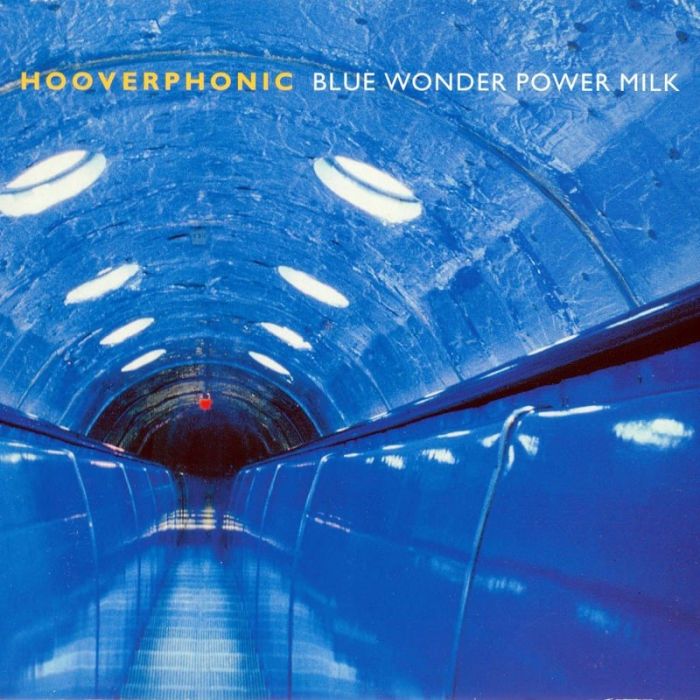Blue Wonder Power Milk by Hooverphonic (Review)

Attempting to separate themselves from comparisons to Portishead and Massive Attack and away from being lumped into the trip-hop genre, Hooverphonic has tapered the electronics and added more acoustic guitar and original instrumentation to their latest, Blue Wonder Power Milk. Though I commend their decision on seeking to become more diverse, I fear Hooverphonic is heading in a direction opposite of what I loved on A New Stereophonic Sound Spectacular.
A New Stereophonic Sound Spectacular’s eerie beauty is captured on Blue Wonder Power Milk but the flow is disturbed by certain tracks that seem too artificial in a sense. Geike Arnaert has replaced the gorgeous vocals of Liesje Sadonius, but they are as haunting and elegant as Liesje’s and may leave gooseflesh upon your skin (especially on “Battersea”). Overall, Blue Wonder Power Milk is a step under A New Stereophonic Sound Spectacular only on account of that “extra” effort that ironically dampens the album.
“Battersea” is quite possibly one of the most splendid songs my ears have ever heard. Geike’s angelic voice carries the song to a spiritual level along with the uplifting, building keys that reach elevated peaks and oceanic whirls in the background. An incredible peace is felt as she immediately demonstrates her voice’s capabilities. Once again, chills are encountered when listening to the track.
Though they may have added unnecessary acoustics, Hooverphonic has taken on additional instruments such as the hobo and trombone (found on the Egyptian-sounding “One Way Ride”) that create an uncanny attraction. Horns and strings flesh out other tracks and produce an Eric Matthews-esque feel on “Eden” and introduce a more refined direction than the one taken with the acoustic guitar. The trombones and strings return on “This Strange Effect,” which uses a sample almost identical to that used on “Western Eyes” by Portishead and generates the unearthly spy feel with an echoed guitar riff and reverb.
Thankfully, only a couple of the tracks take away from the album’s sophistication. I realize the songs are written initially on the acoustic guitar, but its use on “Club Montepulciano” and (especially) “Electro Shock Faders” gives off too much of a Simon & Garfunkel vibe, which sticks out like Duran Duran performing on a James Bond soundtrack. I have no idea what type of effect they were shooting for in “Electro Shock Faders,” but this is what I meant by tacky. Let’s not strip away Geike’s voice from any track. Please.
With the exception of the tracks mentioned above, Blue Wonder Power Milk is comparable to their past accomplishment, though not nearly as dark. The next Hooverphonic album is due out in August and I’m biting my nails as I await the verdict on their decision to become more “fresh” and less cornered by labels. The hope for consistency is great, as I have become accustomed to the ominous electronics.
Written by Nolan Shigley.